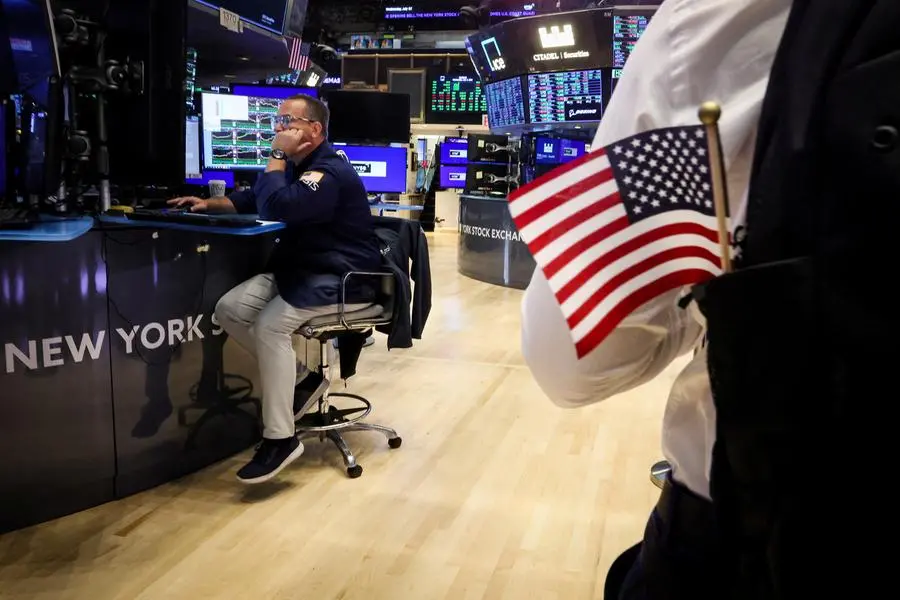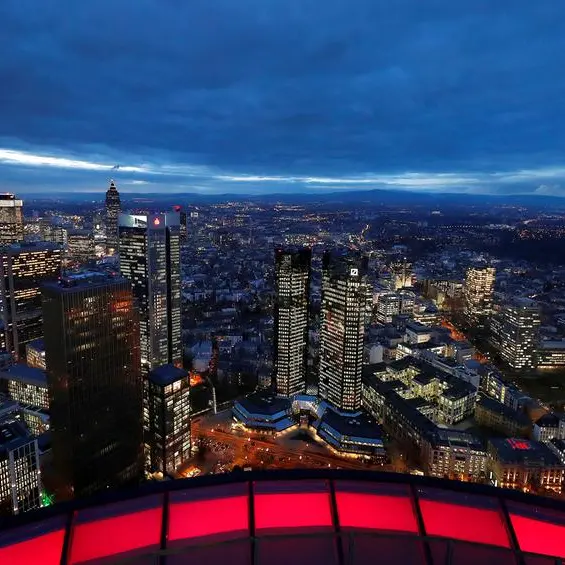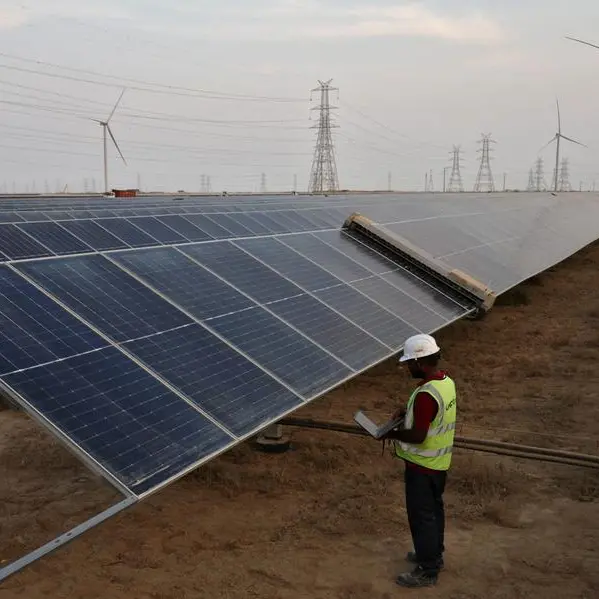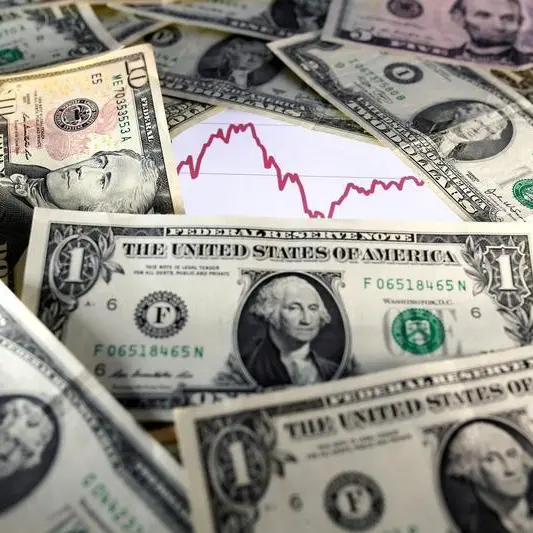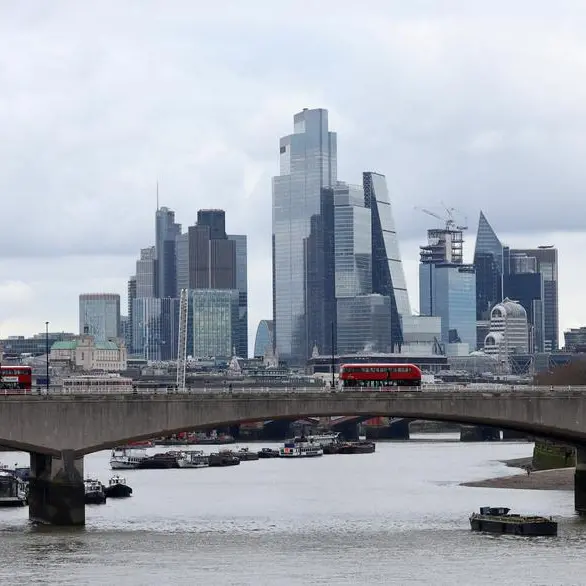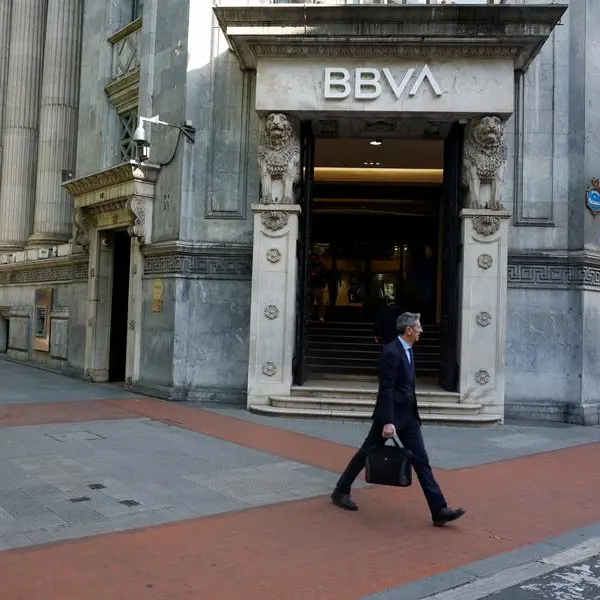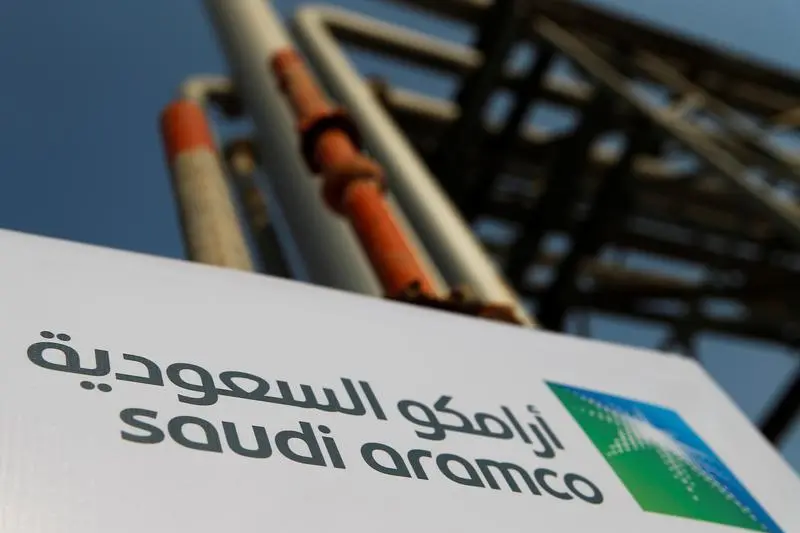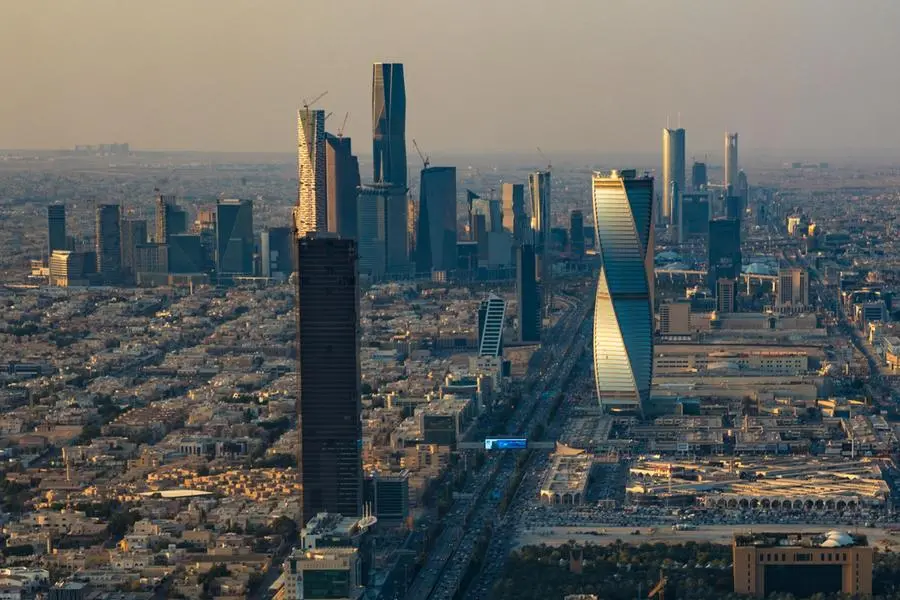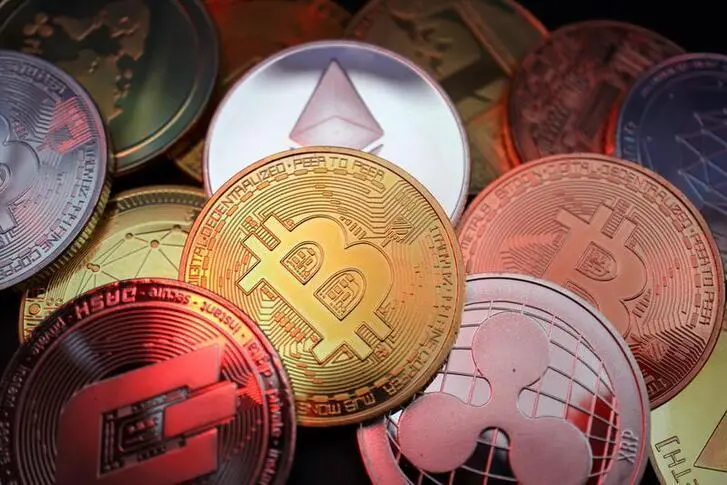PHOTO
LONDON - What looks like a financial market in disarray may instead just be normalization that will ultimately help insulate investment portfolios rather than sending them to the ground.
There's little doubt that a bubble has been burst in the wild swings of the past week.
But that bubble was mostly in high-octane trades that not only hinge on low market volatility but can also help keep volatility low - at least for a while. So what we may be seeing now is volatility returning rapidly, if noisily, to historically familiar levels.
And regular investors should take some comfort in the way most traditional mixed asset portfolios behaved in the upheaval.
For the past year, stock and bond prices have mostly ebbed and flowed in tandem. Such positive correlation has long been a big fear for many, as it reduces the benefit of holding both asset types. But what we just saw is a switch back.
Bonds and equities once again functioned more as natural hedges for each other, partly insulating plain vanilla "60/40" equity/bond mixes in the process.
As the S&P 500 index plunged by as much as 8% from the start of the month to Monday's trough, Treasury bond price indexes jumped about 4%.
That's still an overall hit for a traditional 60/40 investor, but much less painful than the damage such extreme stock moves could have caused. This is critical in avoiding the type of fearful "de-risking" of investment portfolios that could well fuel the very economic downturn it seeks to sidestep.
In other words, the "good news is bad news" trading bias has flipped again.
For the past two years of high inflation and interest rate rises, anything that aggravated that picture tended to hit borrowing costs, bonds and stock prices at the same time.
But that seems to have changed now that inflation is almost back near the U.S. central bank's target and Federal Reserve Chair Jerome Powell's hands are untied. Periodic worries about economic growth - like the surprisingly large jobless rate increase seen last week - may weigh on pricey equities but also lift bond prices because they raise the chance of Fed easing.
What's more, we also seem to be seeing the normalization of the pivotal "fear index" - Wall Street's VIX index of equity volatility. It appears to be reverting to its historical norms following Monday's explosion after staying well below normal for nearly 18 months.
And trading of VIX futures that expire at the end of this year has calmed following the record one-day rise in the index itself. They have settled back at levels almost exactly at the 30-year average.
As GAM Investments strategist Julian Howard commented on Thursday: "Market volatility goes with the territory and is not a reason for mass hysteria."
HISTORIC OR HYSTERIC?
This rapid reset offers few clues about the likelihood of recession ahead or the sustainability of the heady valuations of Big Tech megacap stocks and their new AI toys.
But it helps recalibrate markets away from the type of extreme positioning that makes shocks more likely when there are challenges to consensus thinking. The most recent such assumption, of course, is the idea that we would see an everlasting economic expansion that low-volatility trades could continue to binge on.
On the recession score, consider that JPMorgan's latest take is that there is a roughly one-in-three chance of a U.S. recession over the coming year. That somewhat bearish call still assumes that the most likely outcome is a "soft landing" in which inflation is tamed without triggering a painful recession or sharp rise in unemployment. And remember there's normally a 20% probability of a recession for any given year ahead.
With the Atlanta Fed's real-time "GDPNow" model still tracking U.S. growth as high as 2.9% for the current quarter, recession next year remains a brave outside call.
What seems more certain is that the Fed will start cutting rates next month regardless, mainly as it deems its current "real" policy rate to be too restrictive for a softening labor market now that inflation is back under control.
The extent of that easing cycle may be less than what's suggested by the freefall in Treasury yields and money market bets this week. But the Fed's ability to head off the downturn with lower rates packs a punch for equities either way.
Franklin Templeton Institute's Stephen Dover points out that the average one-year stock market return after the first Fed rate cut is almost 5% even when a recession occurs. And it's 16.6% when the cuts come without a recession.
On the other hand, pricey stock valuations and doubts about artificial intelligence in an environment with more normal volatility and increased recession fears may make investors holding mixed asset funds rebalance away from equities.
If that shift unfolds, it could whip up a big headwind for stocks.
JPMorgan analysts point out that despite the past week's share price plunge, equity allocations globally remain well above average. If these valuations were just to return to the average of the past decade, they posit that stock prices could fall another 8%.
And big volatility explosions always run the risk of having ripple effects, not least because jittery investors may start asking a basic question: "what if it happened again?"
"The biggest takeaway from this week's price action is that all risk managers will now have to model a 50-point rise in the VIX within two business days, forcing every sensible investor to deleverage," Societe Generale's Jitesh Kumar and Vincent Cassot observed.
Then again, maybe risk managers should always have suggested such extremes were possible.
So despite all the sound and fury of recent days, the noisy return of more "normal" market behaviour may well leave investors with a safer and more sustainable environment all around.
The opinions expressed here are those of the author, a columnist for Reuters.
(by Mike Dolan X: @reutersMikeD; Editing by Paul Simao)
